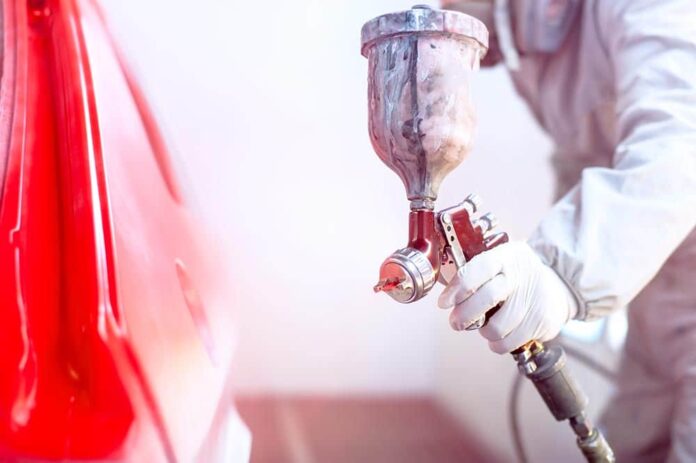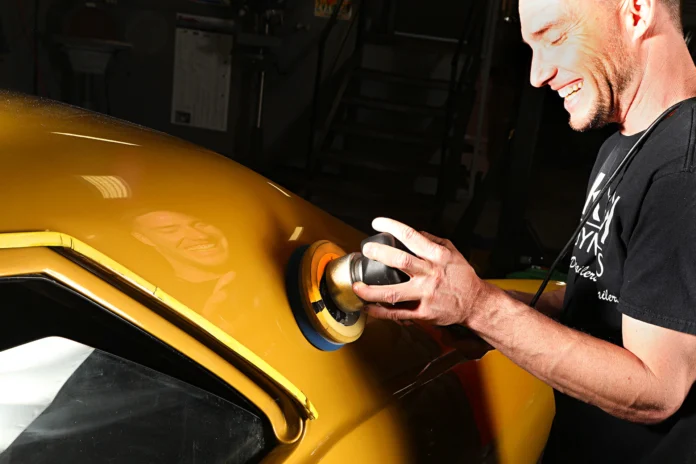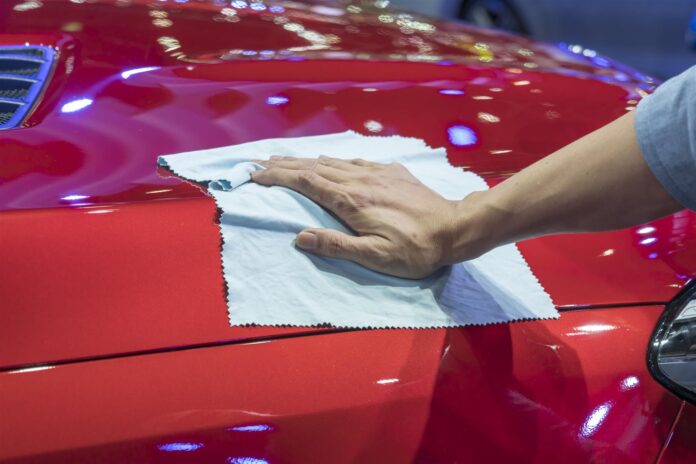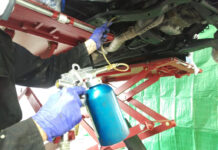One way to ensure your vehicle stays in good condition is by keeping up with regular maintenance tasks like oil changes, tire rotations, and alignments. Another way is by painting your car yourself instead of taking it to a professional body shop where they charge exorbitant prices for subpar service (and often damage your vehicle in the process).
It’s a common misconception that painting your own car is extremely difficult and requires years of experience. This couldn’t be further from the truth, as all it really takes is some patience, time, and effort. With the right tools and knowledge, you can paint your car at home with just a few coats of paint.
Read ahead to know some handy tips by redlabelabrasives.com to paint your car on your own.
1. Preparation is key
Make sure your car is clean and completely dry before you start painting. Preparing the surface, paint, and tools for use is also important. You should also make sure that you have the right paint for your car. If it’s an old car, then ensure that you buy high-quality paint to make sure it lasts longer. You should also wear protective clothing and gloves while painting. This will help protect your skin and ensure that no paint gets on it.
Moreover, if you’re painting the car with a different color, then make sure to test it out first. This can be done by spraying some paint onto a piece of cardboard and letting it dry overnight.
How to prepare the surface:
- Clean the car with soap and water or a power washer
- Rinse the car with clean, fresh water
- Use a microfiber cloth to dry the car
- Sand any areas that need priming
2. Mask off areas you want to protect from oversprays, such as window trim and rubber seals

Use masking tape to cover any areas not meant for paint application—like your car’s windshield or side mirrors. Apply the tape by hand or with a brush and a straight edge. For this, choose the method that works best for you (and make sure the tape is applied tightly).
Once the paint job is complete, remove all of the masking tape carefully using a razor blade or hair dryer—both methods are effective at removing sticky residue without leaving behind any marks on your car’s finish.
3. Use a tack cloth to remove any sanding dust
The idea behind using a tack cloth is to remove any dust or dirt that might have been on your car’s surface before you painted it. Tack cloths are lint-free so they won’t leave any unwanted residue after use. They also have a sticky surface, making them ideal for collecting sanding dust without leaving streaks or marks on your vehicle’s painted surface.
If you don’t have a tack cloth, you can use the back side of an old t-shirt instead. Just make sure that the t-shirt is clean and free of any dirt or other contaminants before using it to wipe down your car’s surface.
4. Don’t skimp on primer

You wouldn’t want all your hard work to go down the drain, so try not to skimp on primer. You may think it’s unnecessary, but primer is a base coat that helps paint stick to the surface of your car. It can also reduce chipping if you’re painting over another color or if you just want a fresh coat for aesthetic purposes.
The goal here is to get as much coverage as possible without being too thick, which could affect drying time. If you’re going to use a spray gun, make sure that it’s fully charged and that the nozzle is clean. If you have an air compressor, make sure there aren’t any holes in the hose or fittings. Test it out first by spraying water on your tarp or driveway to make sure that everything works properly.
If you’re painting over a color, be sure to use the same paint brand and type. For example, if your car has been painted with acrylic enamel, don’t use an alkyd enamel on top of it because they won’t mix well together. If you’re not sure if you’ve applied enough primer, ask someone else to look at your work. They’ll be able to tell if there are any missed spots that need covering up with more paint or primer.
5. Apply thin, even coats
To ensure that you’re applying the paint in thin, even coats and not getting any drips or runs, it’s important to use a quality paintbrush. For large surfaces, a foam roller can also be effective.
Using a spray gun is recommended for smaller surfaces, such as your hood and trunk lid. If you’re painting larger areas like the body of your car (including the roof), using a sprayer is also advisable because it will allow you to apply several coats without having to constantly reload your gun with more paint.
Be sure to wait for the paint to dry before proceeding. If you’re using a spray gun, allow the surface to dry for at least 15 minutes between coats. If you’re using a brush or roller, wait until each coat is completely dry before applying another one.
6. Color sand before clear-coating

Color sanding is an important step in the painting process. It’s a way to smooth out the finish, remove imperfections and give your car a glass-like shine.
You’ve got two options when it comes to color sanding: wet sanding or dry dusting. Wet sanding involves using water as a lubricant while you’re working on your car, while dry dusting uses friction instead of moisture as its main ingredient. Both are effective at removing paint defects from your vehicle’s surface, so it really just depends on your personal preference.
Conclusion
The process of painting a car can seem daunting, but it’s really not that complicated. With these tips in mind, the next time you’re itching to paint, don’t hesitate. Just get out there and do it. Remember to be patient, take your time, and don’t rush through any of the steps. And if you’re feeling extra ambitious, consider making your own paint kit so you can save money on buying new supplies every time.









